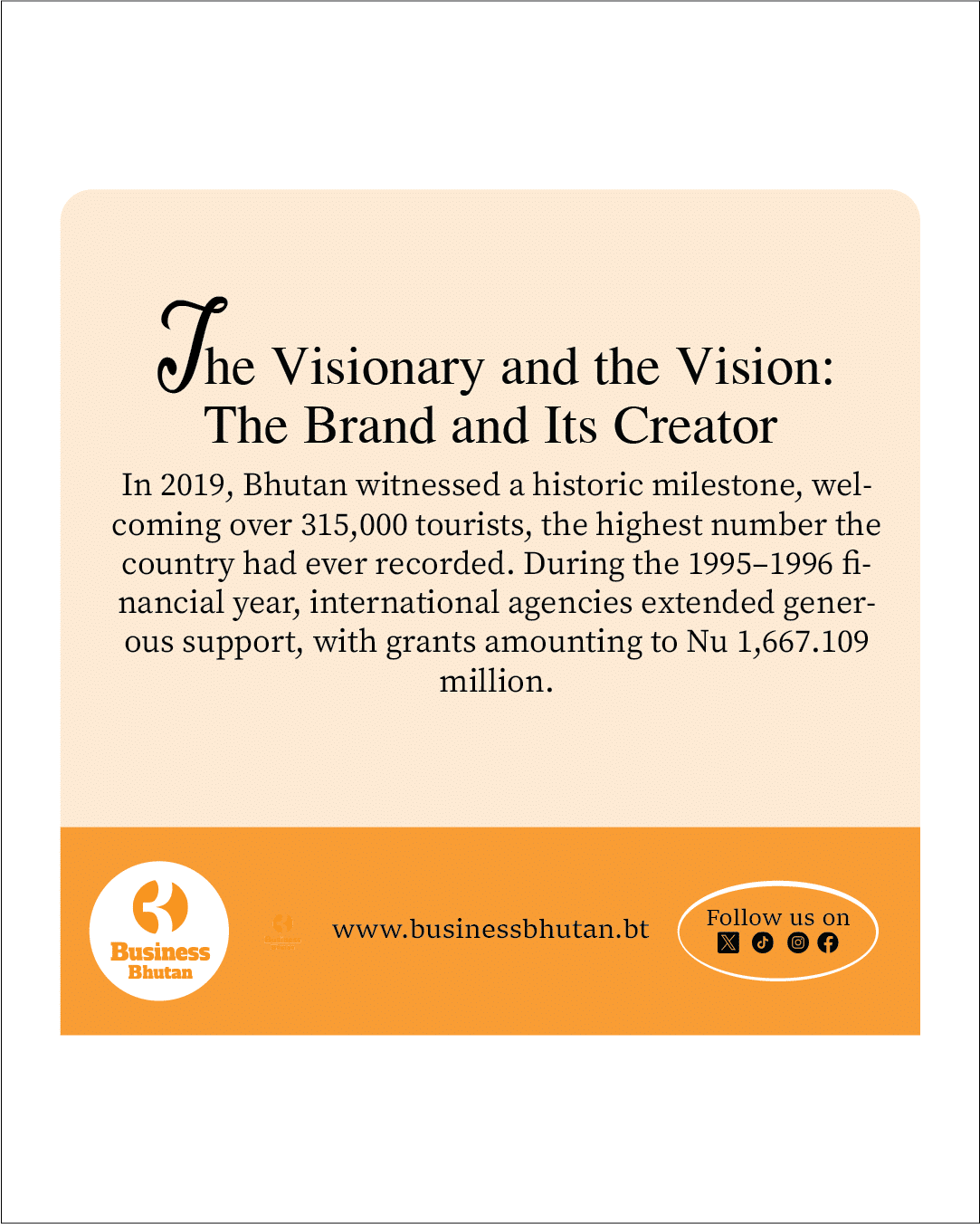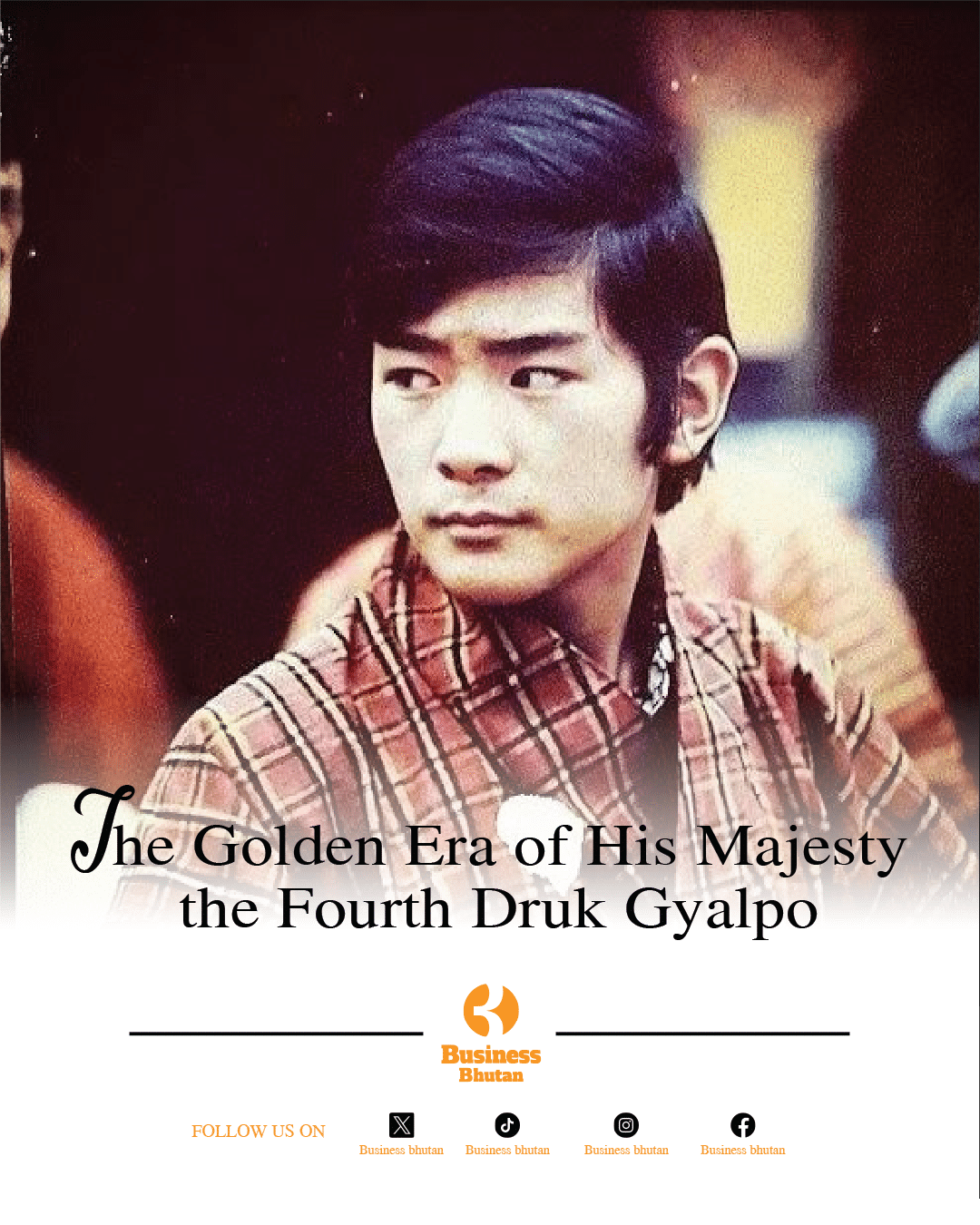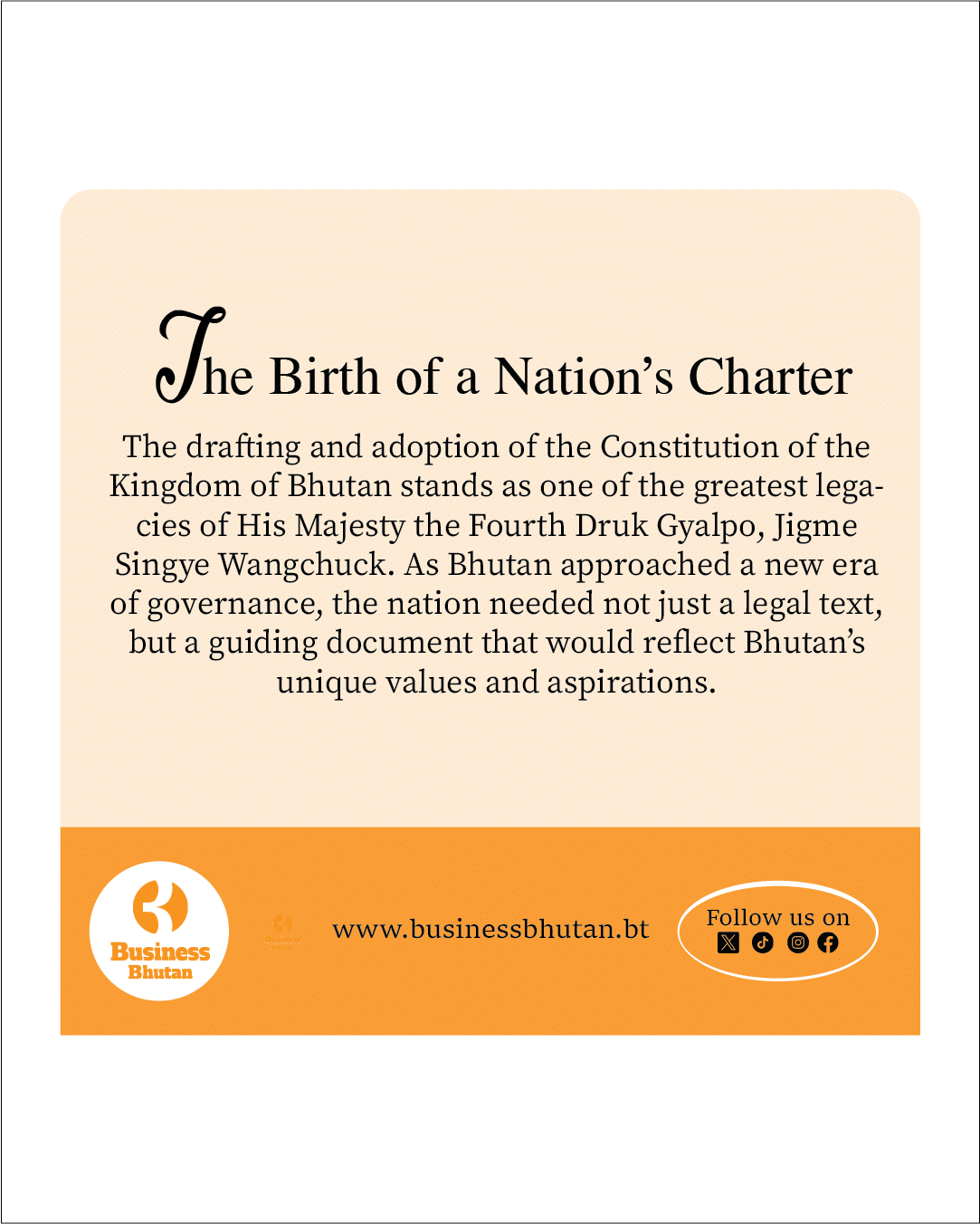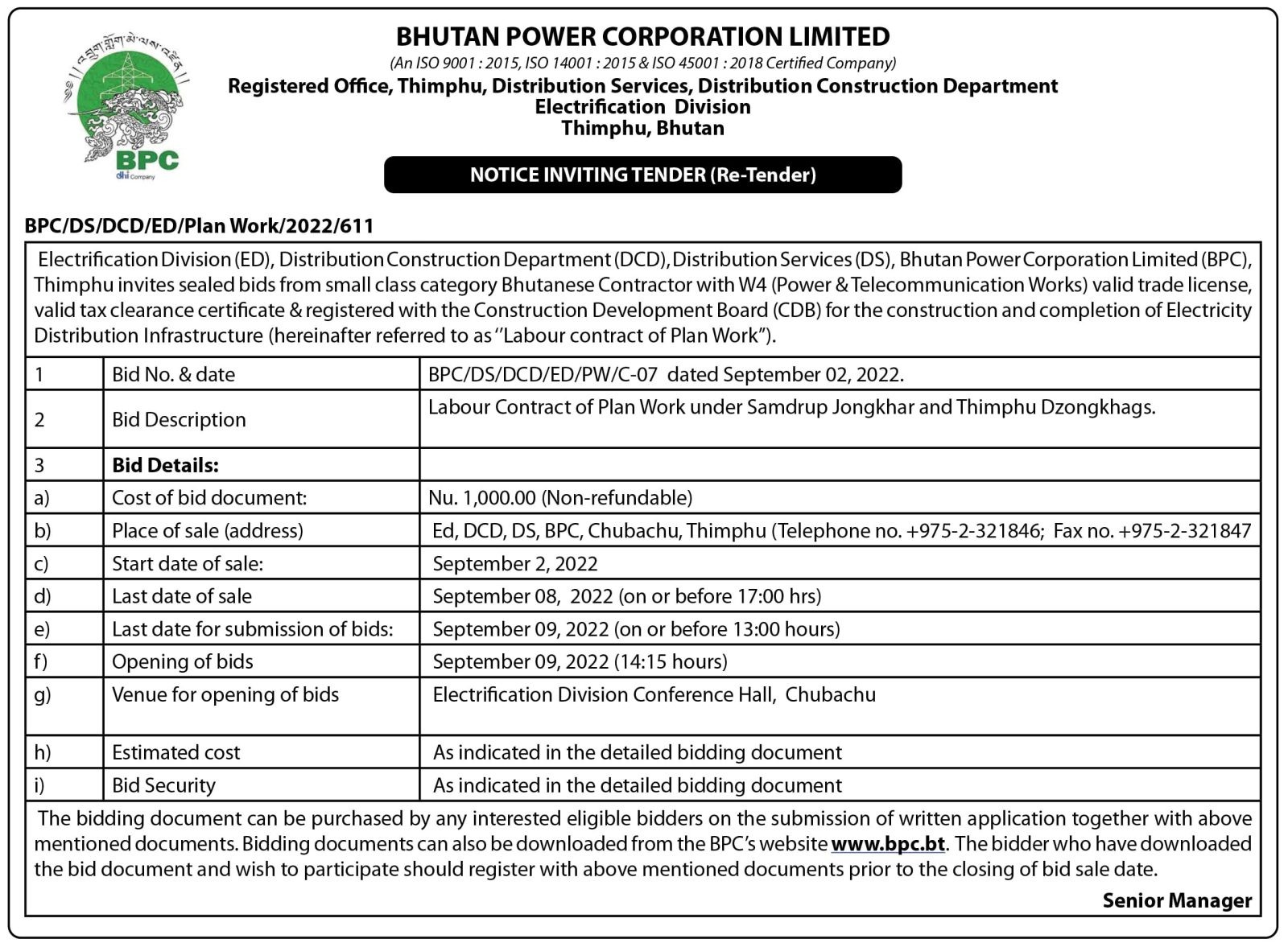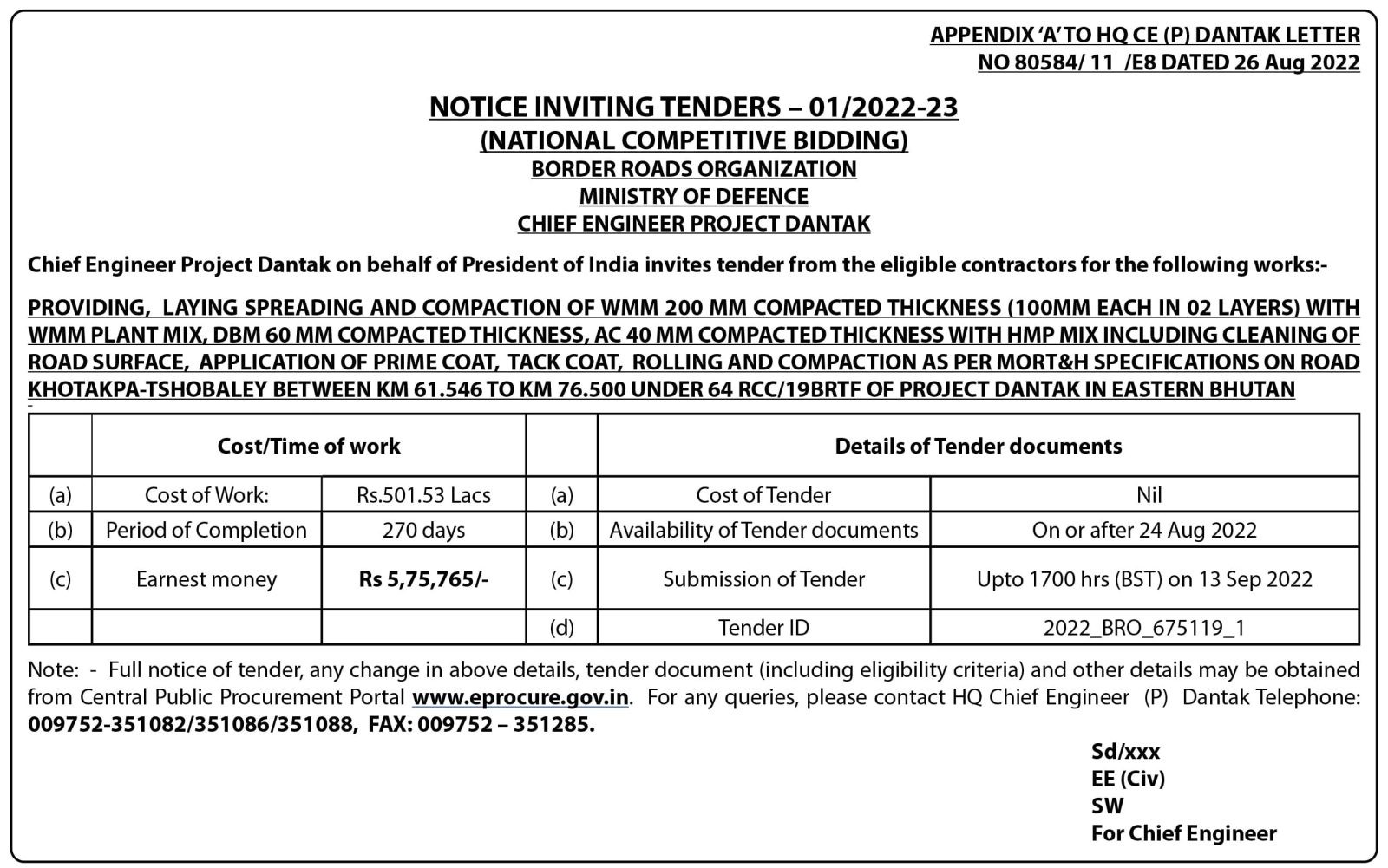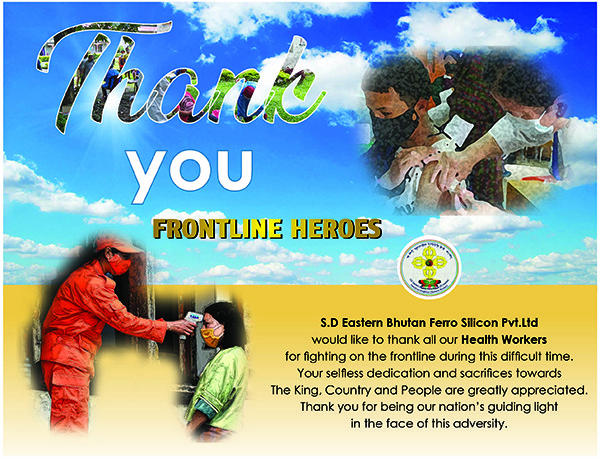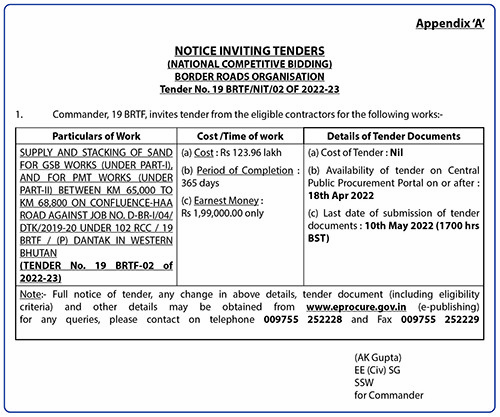In 2019, Bhutan witnessed a historic milestone, welcoming over 315,000 tourists, the highest number the country had ever recorded. During the 1995–1996 financial year, international agencies extended generous support, with grants amounting to Nu 1,667.109 million.
One of Bhutan’s earliest and most enduring bilateral partnerships began on 13 August 1985, when Bhutan formally established diplomatic ties with Denmark. Just four years later, in 1989, Bhutan was chosen as one of Denmark’s first programme countries, marking the beginning of a transformative relationship. Over the years, Danish assistance to Bhutan rose to become the highest per capita among Denmark’s 15 partner nations. From these humble beginnings, Denmark emerged as Bhutan’s second-largest bilateral donor, after India.
These are but a few of the many remarkable stories that echo a singular, resounding theme: partnerships built on respect, vision, and the unwavering pursuit of progress. But there is more to it.
Why did 315,000 people journey across continents to visit Bhutan in 2019? What inspired international agencies to pour in millions in grants? And why, in the eyes of Denmark, did Bhutan transform into a newfound priority, a country to be embraced, nurtured, and championed?
There are many answers. But they all converge into a single, powerful idea: Brand. Good brands captivate. Great brands inspire. And the most powerful brands, like Bhutan, command loyalty, admiration, and unwavering global support. So what was Bhutan’s brand? Who crafted it, not just in strategy, but in spirit?
It wasn’t crafted in the boardroom of a marketing agency. It wasn’t the result of a slick global campaign or a multimillion-dollar branding strategy. It was the quiet vision of one extraordinary leader – His Majesty Jigme Singye Wangchuck, not just the architect of modern Bhutan, but the embodiment of its very essence.
He was the Brand and also the creator of Brand Bhutan. And that is what the 315,000 people came to witness. Not just the towering mountains or the pristine forests, but a nation led by a King who placed values before volume, purpose before politics, and people before power.
That is what drew the support of donors. That is what won the admiration of global citizens.
And that is why, among all nations, Bhutan became Denmark’s quiet passion, a small kingdom that stirred the conscience of the world.
To the outside world, Bhutan is a place plucked from the pages of history, a land that still breathes in harmony with nature; green, clean, serene, and sacredly quiet. For the modern traveler, it is not just a destination, but a revelation. This rare reality is no accident. It is the result of His Majesty’s visionary policy of “High Value, Low Volume” tourism, an approach that prioritizes quality over quantity, and preserves culture and environment as living, breathing treasures.
Likewise, international donors gave grants without hesitation. They trusted Bhutan, not just because of its policies, but because of its King – the Brand. There was no second-guessing, no shadow of doubt. Every ngultrum in aid came with the confidence that it would be used wisely, ethically, and purposefully.
Then from the pine clad wooden palace of Samtenling, Thimphu, came a philosophy that would define a nation: Gross National Happiness (GNH). GNH soon became Bhutan’s global signature, a brand like no other, woven from threads of compassion, sustainability, and spiritual depth.
Due to the visionary philosophy of GNH and His Majesty the Fourth King’s unwavering dedication to environmental stewardship, Bhutan today holds a rare and remarkable distinction. It stands as one of the very few carbon-negative countries on Earth. While the rest of the world grapples with rising emissions and ecological collapse, Bhutan remains a sanctuary, quietly absorbing more carbon than it emits.
This profound ecological achievement is no coincidence. It is rooted in Bhutan’s values, and enshrined in its most sacred legal document: the Constitution. Culture and environment are not treated as policy preferences, but as sacred pillars, protected with constitutional sanctity.
And who was the guiding force behind this vision, this brand? It was His Majesty The Fourth Druk Gyalpo, Jigme Singye Wangchuck.
Sangay Rabten
From Thimphu



